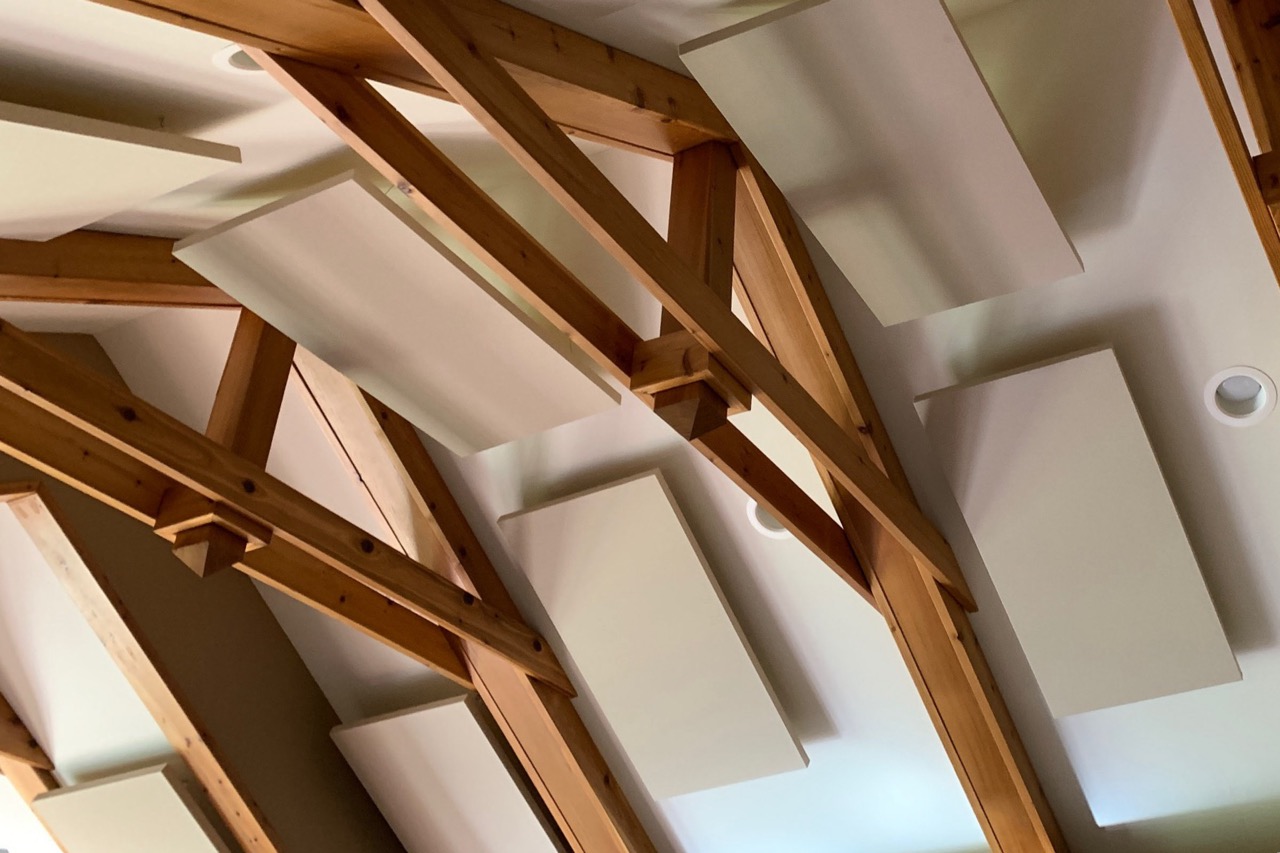

Articles
How To Hang Acoustic Panels On The Ceiling
Modified: February 28, 2024
Learn how to easily hang acoustic panels on your ceiling with this comprehensive guide. Find articles, tips, and step-by-step instructions to enhance your soundproofing efforts.
(Many of the links in this article redirect to a specific reviewed product. Your purchase of these products through affiliate links helps to generate commission for Storables.com, at no extra cost. Learn more)
Introduction
When it comes to creating a comfortable and acoustically pleasing environment, acoustic panels are a great solution. These panels help to reduce echo and reverberation, making spaces such as home theaters, recording studios, and offices more enjoyable and functional.
One of the most effective ways to maximize the performance of acoustic panels is by hanging them on the ceiling. This placement allows the panels to absorb sound waves from above, creating a balanced and immersive sound experience. However, hanging acoustic panels on the ceiling requires proper planning and careful installation to ensure they are secure and aligned correctly.
In this guide, we will walk you through the step-by-step process of hanging acoustic panels on the ceiling. Whether you’re a DIY enthusiast or a seasoned professional, following these instructions will help you achieve optimal acoustic performance and visual appeal in your space.
Key Takeaways:
- Hanging acoustic panels on the ceiling requires careful planning, precise installation, and attention to detail. From determining panel placement to securing them in place, each step contributes to optimal sound absorption and a visually appealing environment.
- Properly installed acoustic panels reduce echo and reverberation, creating a more enjoyable and functional space for various activities. With the right knowledge and confidence, you can transform your room into an acoustically pleasing haven.
Read more: How To Hang Acoustic Panels On The Ceiling
Step 1: Determine the Placement of Acoustic Panels
The first step in hanging acoustic panels on the ceiling is to determine the optimal placement for maximum sound absorption. The placement will vary depending on the size and shape of the room, as well as the specific acoustic needs.
Start by assessing the areas in the room where sound reflection and reverberation are most noticeable. Common areas include ceilings above seating areas, recording booths, or any location where sound waves tend to bounce and cause unwanted echo.
Consider the size and shape of the acoustic panels you have or plan to purchase. You may choose to hang them in a uniform pattern across the entire ceiling or strategically place them in specific areas. The goal is to achieve balanced sound diffusion and absorption throughout the space.
If you’re not sure where to start, consult with an acoustics professional or refer to the manufacturer’s recommendations for panel placement. They can provide valuable insights and help you determine the best arrangement for your specific room.
Once you have a clear plan for panel placement, you can move on to gathering the necessary tools and materials for the installation process.
Step 2: Gather the Necessary Tools and Materials
Before you can begin hanging acoustic panels on the ceiling, it’s essential to gather all the tools and materials you’ll need for the installation process. Having everything prepared beforehand will make the process smoother and more efficient.
Here’s a list of the tools and materials you’ll typically need:
- Acoustic panels: Choose panels with the desired size, shape, and thickness for your space.
- Ceiling anchors: These are essential for securely attaching the panels to the ceiling. Select anchors that are suitable for the type of ceiling you have.
- Mounting clips: These clips will be used to attach the panels to the ceiling anchors. Ensure they are compatible with both the panels and the anchors you’ve chosen.
- Measuring tape: This will help you accurately measure and mark the placement of the panels on the ceiling.
- Level: A level will ensure that the panels are installed straight and aligned correctly.
- Drill and drill bits: You’ll need a drill to pre-drill holes for the ceiling anchors.
- Screwdriver or screwdriver bit: This will be used to install the ceiling anchors and attach the mounting clips to the panels.
- Pencil or marker: Use these to mark the placement of panels on the ceiling.
- Ladder or step stool: Depending on the height of your ceiling, you may need a ladder or step stool to reach the installation area safely.
By gathering these tools and materials in advance, you’ll save time and prevent interruptions during the installation process. Make sure to check the quantities and condition of each item to ensure a smooth and successful installation.
Once you have everything ready, you can proceed to the next step: locating the ceiling joists.
Step 3: Locate Ceiling Joists
Locating the ceiling joists is crucial before hanging acoustic panels on the ceiling. Joists are the horizontal beams that provide structural support to your ceiling. By attaching the panels to the joists, you ensure they are securely anchored and can hold the weight of the panels over time.
To locate the ceiling joists, you can use various methods:
- Visual inspection: Look for any visible clues, such as nail heads or seams in the ceiling, that indicate the position of the joists. This method may not always be accurate, especially if the ceiling has been covered with a layer of drywall or other materials.
- Using a stud finder: A stud finder is a handy tool that can detect changes in density behind the ceiling surface. Slide the stud finder across the ceiling, and it will beep or light up when it detects a joist. Repeat this process in multiple areas to ensure accuracy.
- Knocking on the ceiling: By lightly tapping on the ceiling surface, you can listen for a solid and consistent sound, indicating the presence of a joist. This method may require some practice to differentiate between hollow areas and joists.
Whichever method you choose, it’s important to mark the locations of the ceiling joists using a pencil or marker. This will serve as a guide when installing the mounting clips for the acoustic panels.
It’s worth noting that ceiling joists are typically spaced at regular intervals, usually 16 or 24 inches apart. Once you locate one joist, you can measure the distance to find the subsequent joists.
With the ceiling joists identified and marked, you’re now ready to move on to the next step: marking the placement of panels on the ceiling.
Step 4: Mark the Placement of Panels on the Ceiling
Now that you have located the ceiling joists, it’s time to mark the precise placement of the acoustic panels on the ceiling. This step ensures that the panels are evenly spaced and aligned for a professional and visually pleasing installation.
Start by measuring the dimensions of the acoustic panels and determining the desired spacing between them. This spacing will depend on personal preference and the acoustic requirements of your space. Typically, a few inches of gap between panels is recommended for proper sound absorption and diffusion.
Using a measuring tape and pencil, measure and mark the positions of the panels on the ceiling. Begin from a fixed point, such as a wall or a corner, and work your way across the ceiling. Make sure to account for the spacing between panels while marking.
It’s essential to maintain straight lines and accurate measurements when marking the panel placements. Use a level tool to ensure that the lines are straight and perpendicular to the walls or other references.
If you have a large space or multiple rows of panels, consider creating a grid-like pattern for easier installation and a more organized look. This will help maintain consistent spacing between panels throughout the ceiling.
Take your time during this step to ensure accuracy and precise markings. Double-check your measurements and lines before proceeding to the next step.
With the panel placements marked on the ceiling, you’re now ready to move on to the next step: pre-drilling holes for ceiling anchors.
Read more: What Are Acoustic Panels
Step 5: Pre-drill Holes for Ceiling Anchors
Pre-drilling holes for ceiling anchors is an important step in ensuring a secure and stable installation of the acoustic panels. This step will help prevent the ceiling from cracking or splitting when you insert the anchors.
With the marked placements of the panels on the ceiling as your guide, use a drill with an appropriate drill bit to pre-drill holes at each marked location. The size of the drill bit should match the size of the ceiling anchors you are using.
Start by aligning the drill bit with the center of each marked placement and slowly drill into the ceiling. Apply firm, but not excessive, pressure to avoid damaging the ceiling. Take care to drill straight and perpendicular to the ceiling surface to ensure accuracy.
As you pre-drill, be cautious of any potential obstructions above the ceiling, such as electrical wires or plumbing pipes. If you encounter any obstacles or are uncertain about drilling in a specific area, consult a professional to ensure the safety of your installation.
After finishing the pre-drilling process, use a soft cloth or vacuum to remove any dust or debris from the drilled holes. This will ensure a clean surface for installing the ceiling anchors.
Pre-drilling holes for ceiling anchors not only helps with the stability of the installation but also makes it easier to insert the anchors in the next step. With the holes prepared, you’re now ready to move on to step 6: installing the ceiling anchors.
When hanging acoustic panels on the ceiling, use sturdy hooks or eye screws to ensure they are securely attached. Consider using a level to ensure panels are hung evenly for optimal sound absorption.
Step 6: Install Ceiling Anchors
Now that you have pre-drilled the holes for the ceiling anchors, it’s time to install them. Ceiling anchors provide the necessary support and stability for hanging the acoustic panels securely.
Take the ceiling anchors that are compatible with your chosen panels and insert them into the pre-drilled holes. Make sure the anchors are flush with the ceiling surface. You may need to apply some pressure or lightly tap them with a hammer to ensure a tight fit.
It’s essential to follow the manufacturer’s instructions for properly installing the ceiling anchors. Depending on the type of anchors you have, there may be specific guidelines or additional steps involved, such as twisting or expanding the anchor to secure it in place.
Repeat this process for each pre-drilled hole, ensuring that all the anchors are securely installed and evenly distributed across the ceiling. The number of anchors you use will depend on the size and weight of the acoustic panels.
Once all the ceiling anchors are in place, give them a gentle tug to ensure they are firmly seated in the holes. If any anchors feel loose or wobbly, double-check the installation and make any necessary adjustments.
Installing the ceiling anchors is a critical step in ensuring a safe and secure installation of the acoustic panels. With the anchors in place, you’re now ready to move on to step 7: attaching mounting clips to the acoustic panels.
Step 7: Attach Mounting Clips to Acoustic Panels
With the ceiling anchors installed, it’s time to attach the mounting clips to the acoustic panels. These clips will serve as the connection point between the panels and the ceiling anchors, allowing for easy hanging and removal if necessary.
Start by positioning the mounting clips on the backside of each acoustic panel. The number of clips needed will depend on the size and weight of the panels. Generally, it’s recommended to use at least three clips for larger panels to ensure proper support.
Align the mounting clips evenly along the top edge of the acoustic panel. Mark the locations where the clips will be attached using a pencil or marker. Ensure that the clips are evenly spaced and centered on the panels for a balanced and secure installation.
Using the appropriate screws or fasteners provided with the mounting clips, secure the clips to the panel at the marked locations. Make sure to tighten the screws firmly but not excessively, as overtightening can damage the panels.
Ensure that the mounting clips are securely attached and flush with the panel’s backside. Give them a slight tug to confirm that they are properly fixed and will hold the panel securely in place.
Repeat this process for each acoustic panel, attaching the mounting clips at the designated locations on the backside. Take your time to ensure the clips are properly aligned, attached, and evenly spaced.
With the mounting clips securely attached to the acoustic panels, you are now ready to move on to step 8: hanging the acoustic panels on the ceiling.
Step 8: Hang Acoustic Panels on the Ceiling
Now that the mounting clips are attached to the acoustic panels, it’s time to hang them on the ceiling. The process begins by aligning the panels with the marked placements on the ceiling and securing them to the installed ceiling anchors.
Start by positioning a panel near one of the marked placements on the ceiling. Ensure that the panel is aligned with the marks and the mounting clips are facing downwards.
Gently lift the panel and guide the mounting clips onto the corresponding ceiling anchors. Apply a slight pressure to engage the clips with the anchors, allowing the panel to hang securely. Make sure the panel is level and aligned with adjacent panels or other architectural features in the room.
Repeat this process for each acoustic panel, following the marked placements on the ceiling. Take care to ensure that the panels are evenly spaced and aligned for a visually appealing installation.
As you hang each panel, periodically step back and assess the overall arrangement. Make any necessary adjustments to ensure a balanced and pleasing aesthetic. Ensure that the panels are hanging securely and do not wobble or move when touched.
If you have multiple rows of panels, start from one side of the room and work your way across. Maintain consistent spacing and alignment between the rows for a cohesive look.
Continue hanging the panels until you have installed all of them according to your desired arrangement. If any adjustments or fine-tuning are needed, now is the time to make them.
With the acoustic panels hanging on the ceiling, you have completed step 8. You are now ready to move on to step 9: checking and adjusting the position of the panels as needed.
Read also: 15 Amazing Ceiling Acoustic Panels For 2024
Step 9: Check and Adjust the Position of Panels
After hanging the acoustic panels on the ceiling, it’s essential to thoroughly check their position and make any necessary adjustments. This step ensures that the panels are properly aligned, evenly spaced, and visually pleasing.
Step back and assess the overall placement of the panels from different angles in the room. Look for any panels that may be misaligned or tilted. Pay attention to the spacing between panels to ensure consistency and balance throughout the ceiling.
If you notice any panels that are not aligned correctly or are not level, gently adjust their position. Carefully slide or twist the panels to align them with adjacent panels or other architectural features in the room.
Check the spacing between the panels to ensure they are evenly distributed across the ceiling. Make any necessary adjustments to create a uniform and visually appealing arrangement.
If you find that the panels are not secure or wobbling, check the mounting clips and ceiling anchors. Tighten any loose screws or fasteners to ensure a secure connection between the panels and the ceiling.
Take your time during this step to ensure that all panels are in their optimal position. A well-aligned and visually appealing arrangement will not only enhance the aesthetic of the room but also contribute to the performance of the acoustic panels.
Step back and review the final placement and alignment of the panels. If you are satisfied with the positioning, you can proceed to the final step.
With the panels checked and adjusted for the optimal position, you have completed step 9. Now, let’s move on to step 10: securing the panels in place.
Step 10: Secure Panels in Place
Once you have checked and adjusted the position of the acoustic panels, it’s time to secure them in place to ensure stability and longevity. This final step will prevent the panels from shifting or falling off the ceiling over time.
To secure the panels, you will need to use the provided screws or fasteners to attach the mounting clips to the ceiling anchors. Make sure to follow the manufacturer’s instructions for the specific mounting system you are using.
Starting from one end of the row, locate the mounting clips on each panel that are aligned with the installed ceiling anchors.
Using a screwdriver or screwdriver bit, tighten the screws or fasteners to secure the mounting clips to the ceiling anchors. Avoid overtightening, as this can strip the screws or damage the panels. Ensure that the screws are firm enough to hold the panels securely in place.
Continue tightening the screws for each mounting clip on every panel, working your way along the rows. Take care to maintain consistent pressure and ensure that each screw is properly seated and tightened.
After securing all the panels, give them a gentle tug or shake to ensure they are firmly attached to the ceiling. This will help verify that the panels are securely mounted and will remain in place during regular use.
Double-check the alignment and appearance of the panels once more. Make any final adjustments if needed to achieve the desired visual result.
Congratulations! You have successfully secured the acoustic panels in place on the ceiling. You can now enjoy the enhanced sound quality and aesthetic appeal they bring to your space.
Remember to periodically check the panels to ensure they remain secure and in optimal condition. If you notice any issues or concerns, address them promptly to maintain the performance and longevity of the panels.
With step 10 completed, you have finished the process of hanging and securing acoustic panels on the ceiling. Enjoy the improved acoustic environment and the benefits they bring to your space!
Conclusion
Hanging acoustic panels on the ceiling is a rewarding and effective way to improve the acoustics of your space. By following the step-by-step guide outlined in this article, you can achieve optimal sound absorption and create a visually pleasing environment.
From determining the placement of the panels to securing them in place, each step plays a crucial role in the overall installation process. Taking the time to carefully plan, gather the necessary tools and materials, and execute each step with precision will result in a successful installation.
Remember, the key factors to consider include proper panel placement, accurate marking of the ceiling, locating ceiling joists, pre-drilling holes for the anchors, attaching mounting clips to the panels, and finally, securely hanging and securing the panels in place.
Throughout the process, it’s essential to maintain attention to detail, ensure proper alignment and spacing, and make any necessary adjustments along the way. This will not only enhance the acoustic performance of your space but also create an appealing and professional-looking ceiling installation.
With the acoustic panels properly installed, you’ll experience reduced echo and reverberation, creating a more comfortable and enjoyable environment for various activities, such as listening to music, watching movies, or conducting meetings.
Don’t forget to periodically inspect and maintain the panels to ensure their continued effectiveness. Keep in mind that the longevity of the installation is dependent on the quality of materials, appropriate care, and regular evaluations.
Now that you have the knowledge and confidence to hang acoustic panels on the ceiling, it’s time to transform your space into an acoustically pleasing haven. Enjoy the enhanced audio experience and the aesthetics that these panels bring to your room!
Frequently Asked Questions about How To Hang Acoustic Panels On The Ceiling
Was this page helpful?
At Storables.com, we guarantee accurate and reliable information. Our content, validated by Expert Board Contributors, is crafted following stringent Editorial Policies. We're committed to providing you with well-researched, expert-backed insights for all your informational needs.
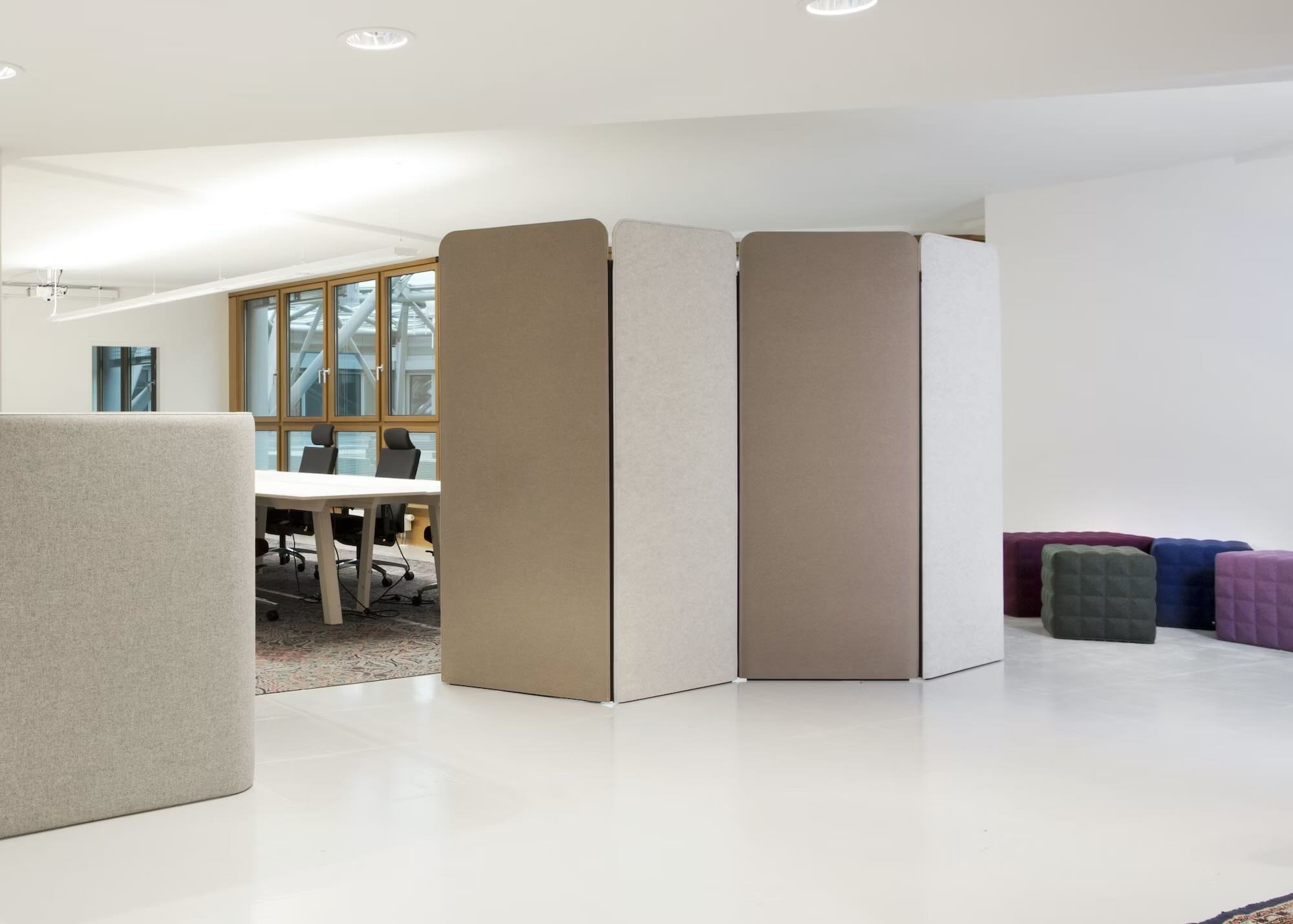

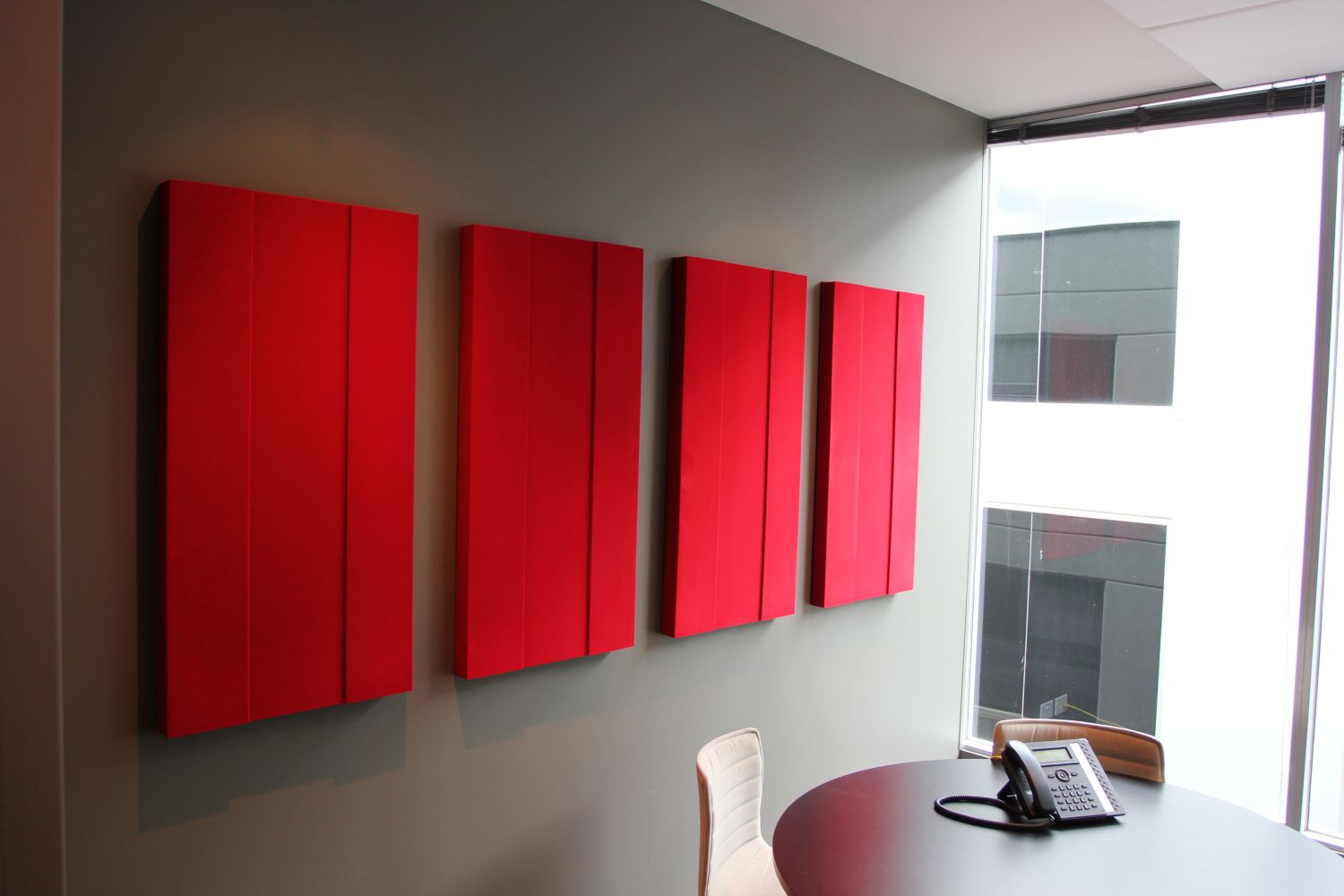
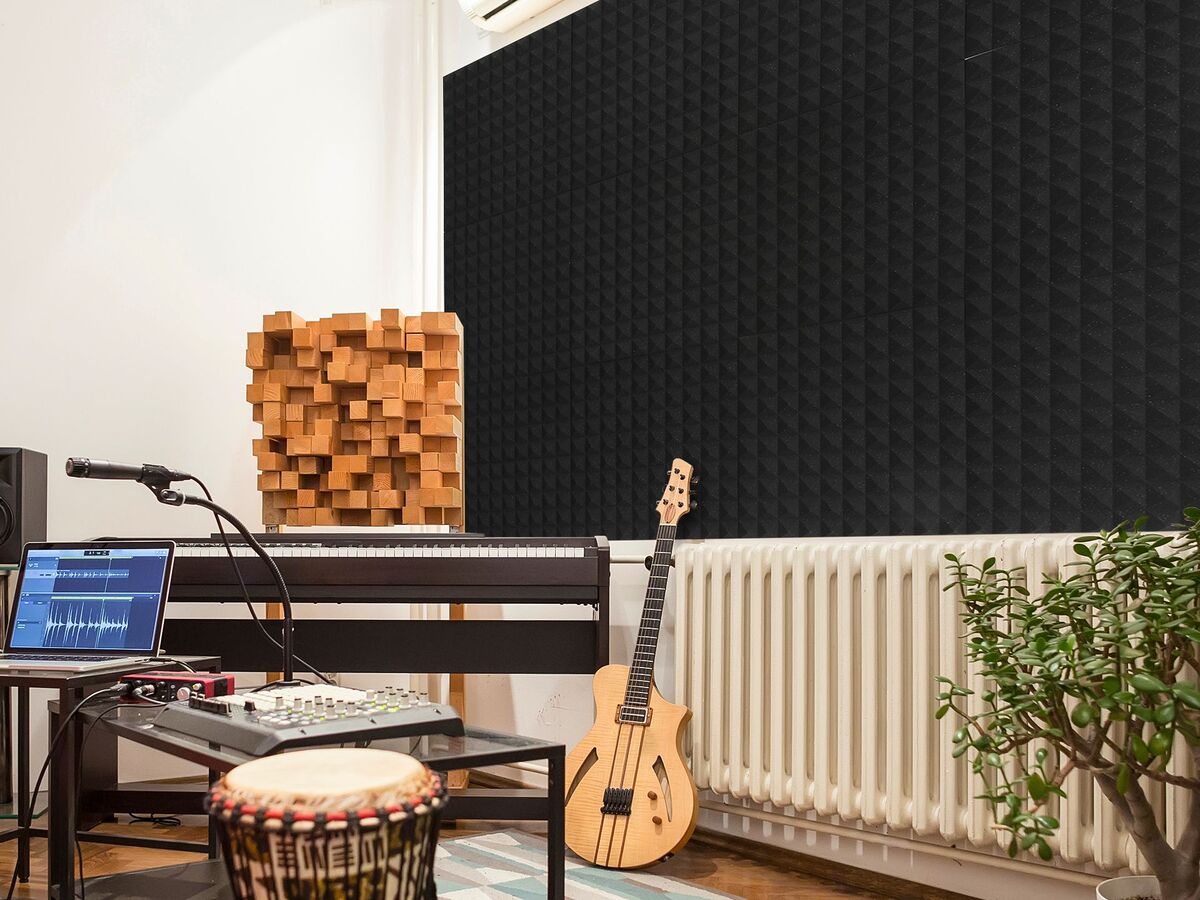
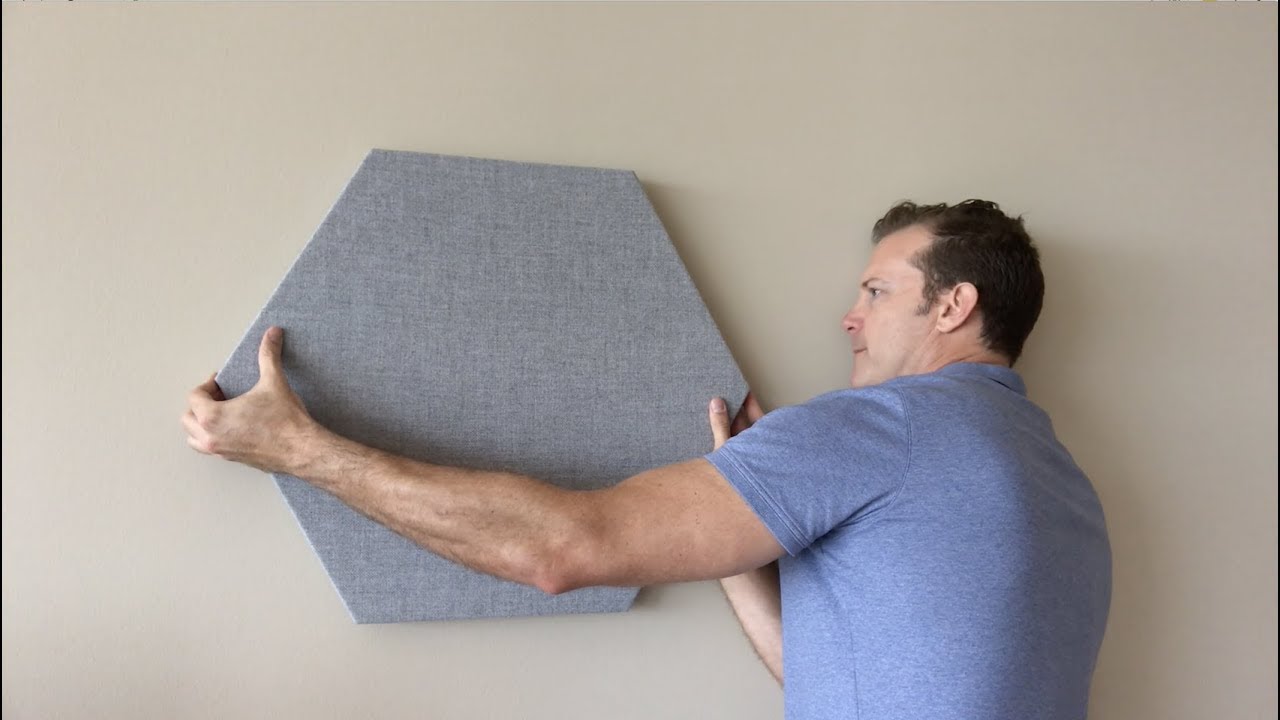
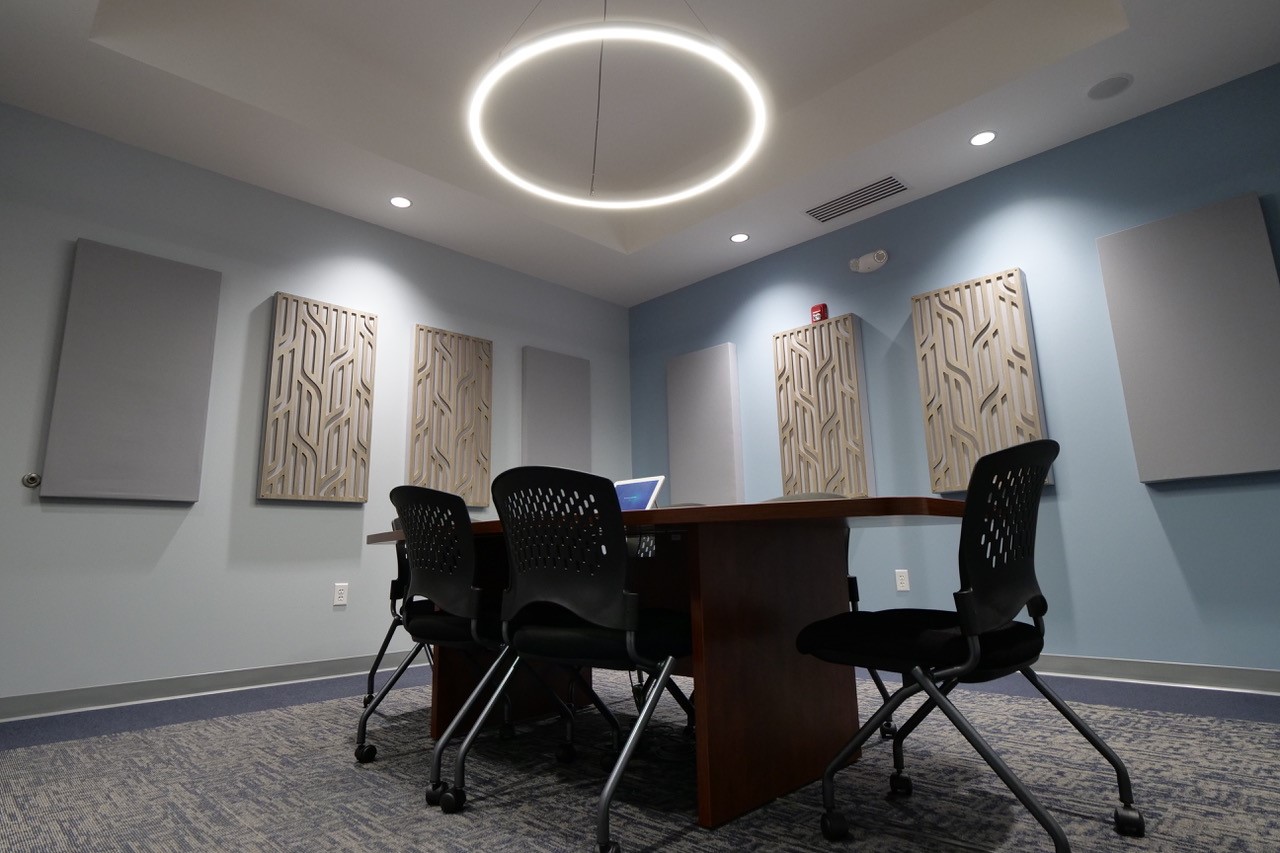

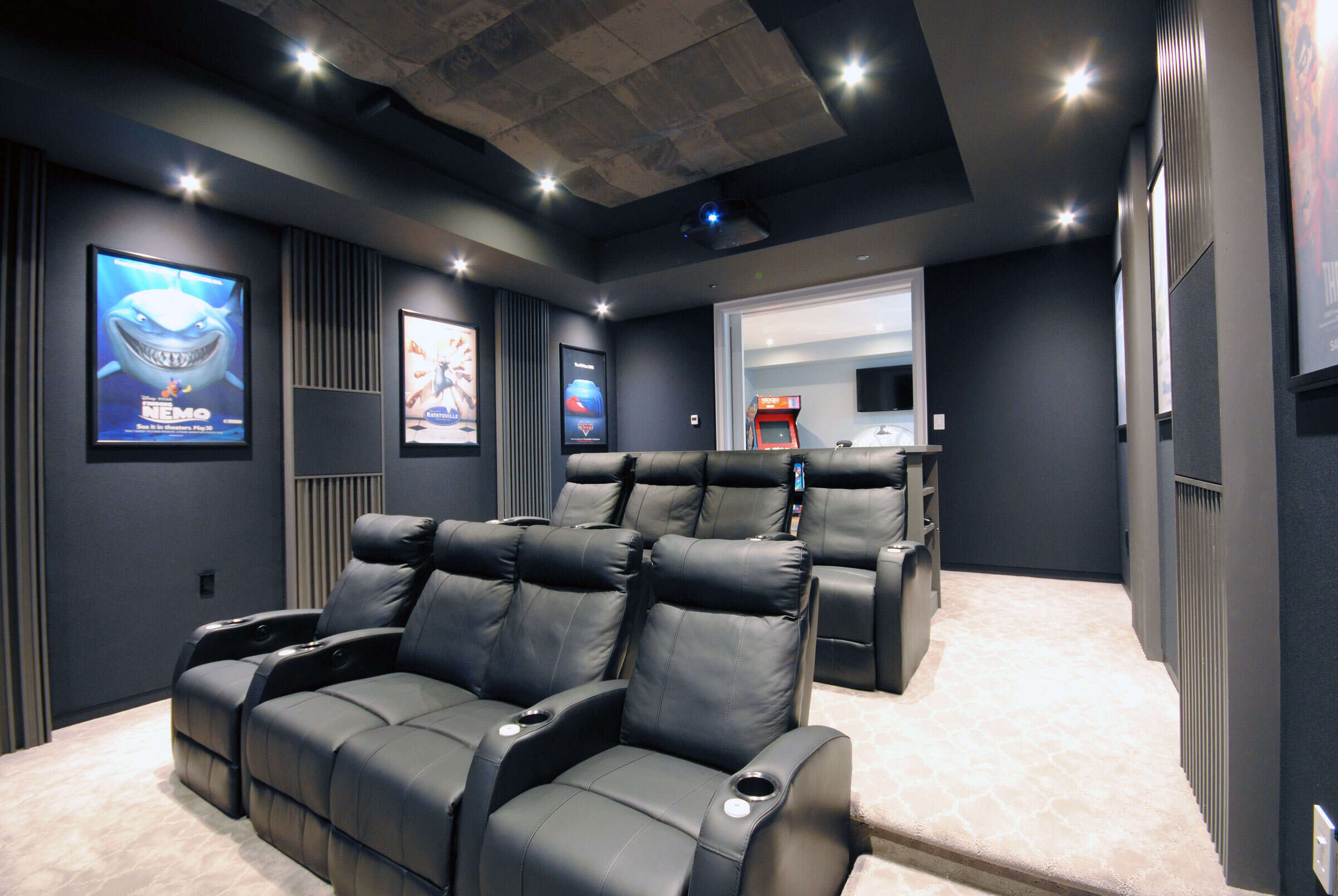
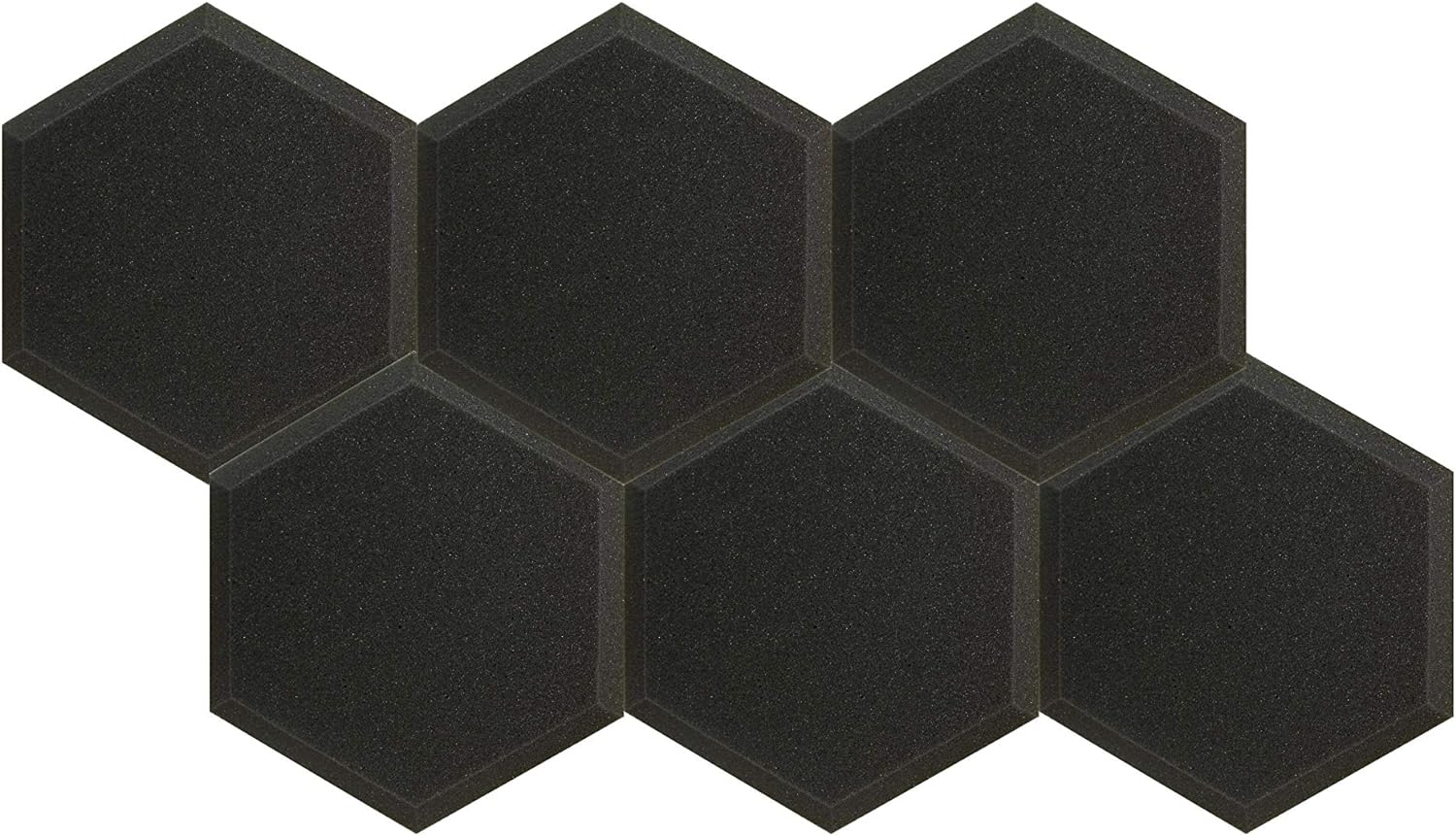
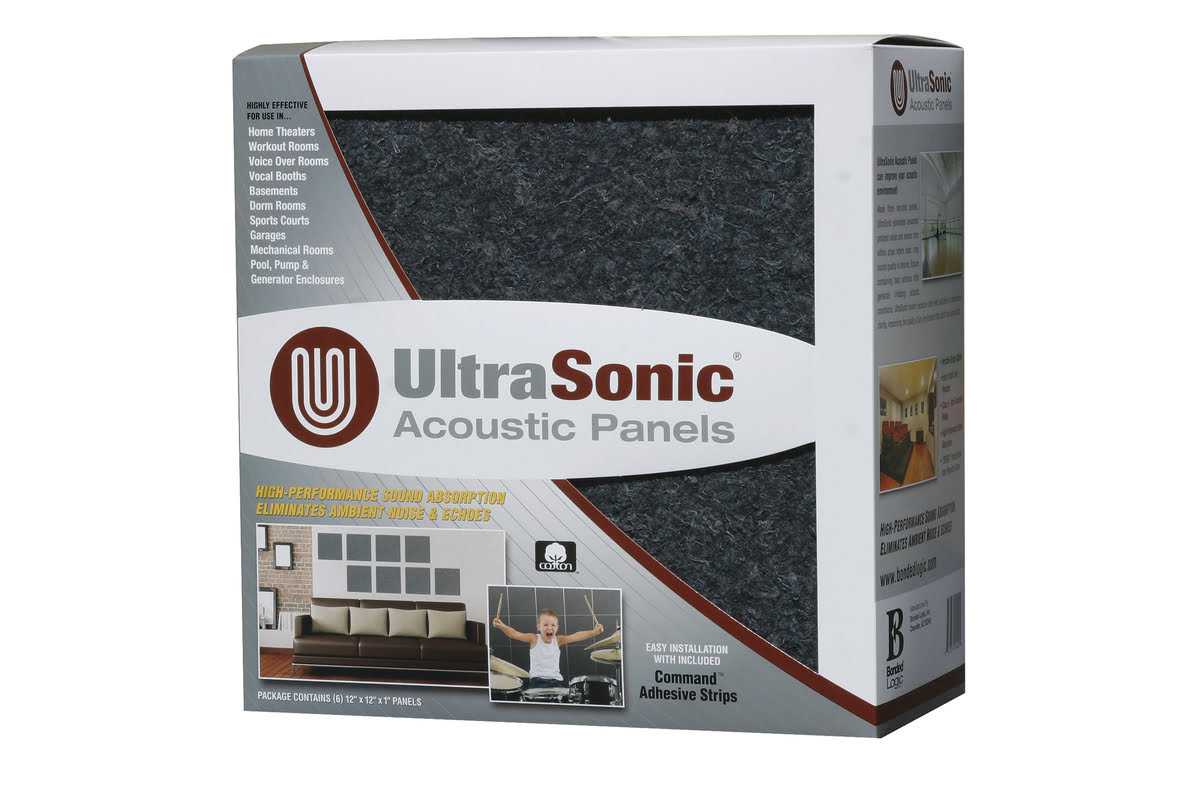

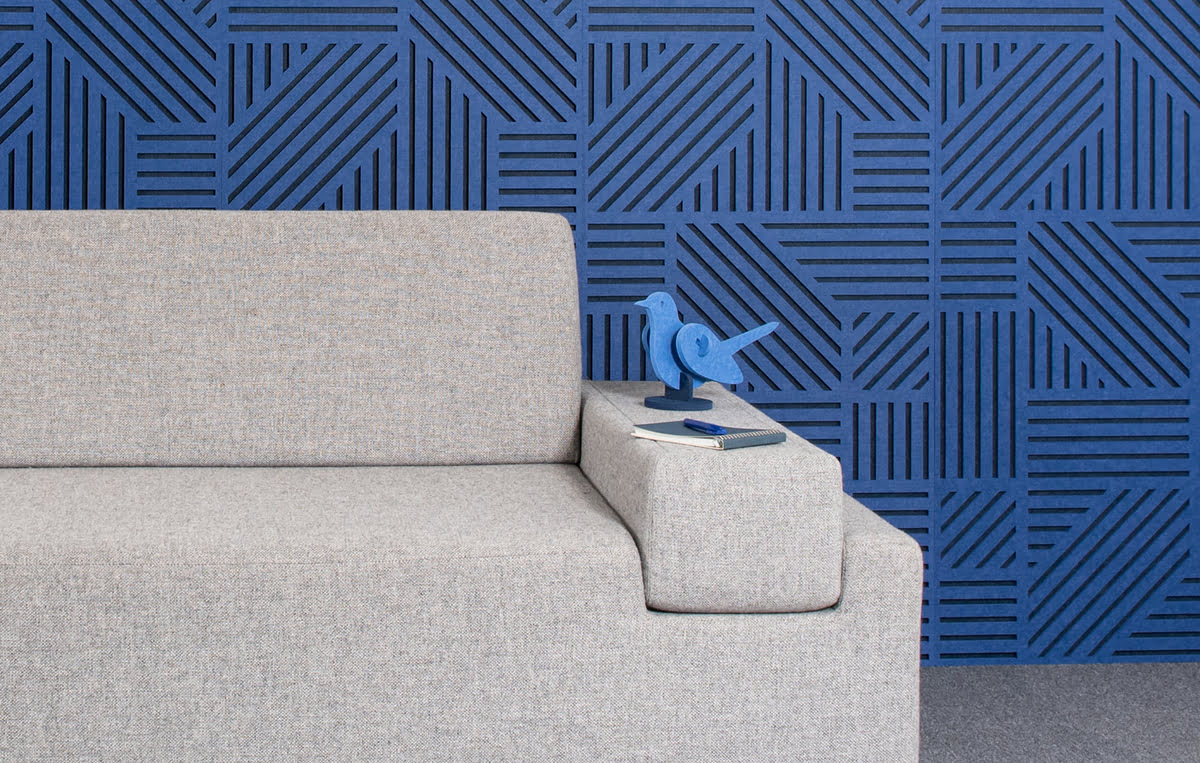


0 thoughts on “How To Hang Acoustic Panels On The Ceiling”